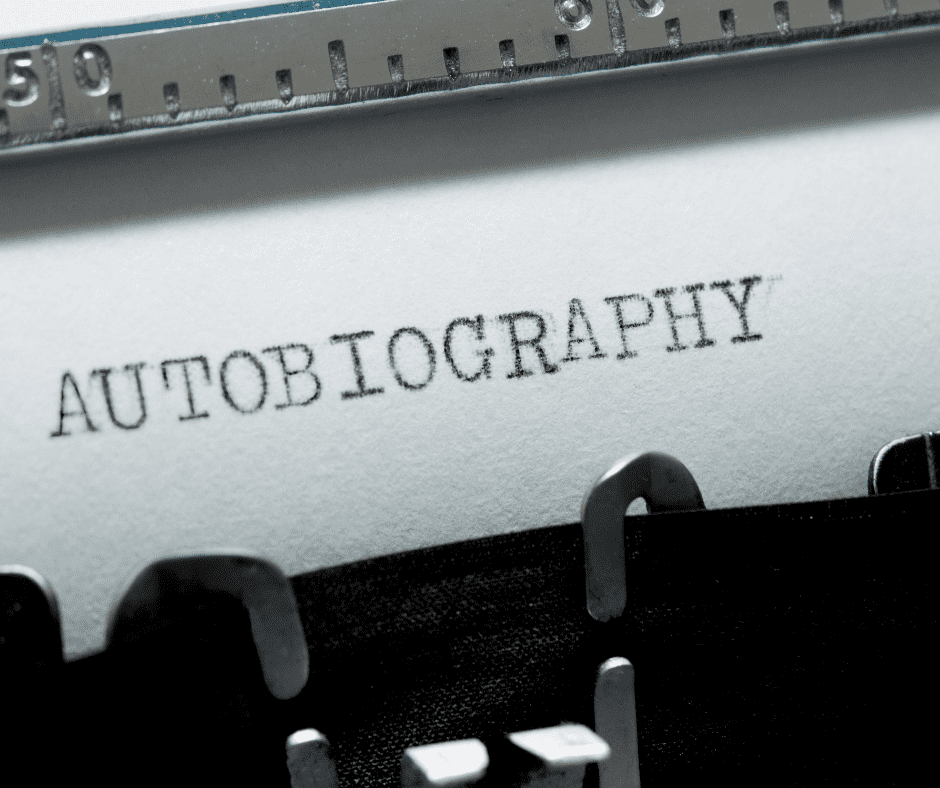Writing your own autobiography is a deeply personal and rewarding endeavor that allows you to reflect on your life experiences, memories, and lessons learned. Whether you’re embarking on this journey for personal fulfillment, to leave a legacy for future generations, or to share your story with the world, the process of writing an autobiography can be both challenging and enlightening. In this comprehensive guide, we’ll explore the steps involved in crafting your life story, from organizing your thoughts to preserving your memories on the page.
Understanding the Purpose of Your Autobiography
Reflecting on Your Motivations
Before diving into the writing process, take some time to consider why you want to write your own autobiography. Some common motivations include:
- Self-Reflection: Writing your life story can help you gain insight into your own experiences, values, and beliefs.
- Legacy Building: Documenting your life story allows you to leave a tangible legacy for your loved ones and future generations.
- Inspiring Others: Sharing your triumphs and challenges can inspire and empower others who may be facing similar circumstances.
Getting Started with Your Autobiography
Organizing Your Thoughts
Begin by organizing your thoughts and memories into a cohesive narrative structure. Consider the following strategies:
- Chronological Approach: Start with your earliest memories and progress chronologically through key events and milestones in your life.
- Theme-Based Approach: Alternatively, organize your autobiography around specific themes or topics that have shaped your identity and experiences.
Setting Realistic Goals
Writing an autobiography is a significant undertaking, so it’s essential to set realistic goals and expectations for yourself. Break down the writing process into manageable tasks and set deadlines to keep yourself accountable.
Conducting Research and Gathering Materials
Collecting Memories and Artifacts
Gather materials that will help you reconstruct and enrich your autobiography, including:
- Personal Documents: Birth certificates, diplomas, letters, and journals can provide valuable insights into your past.
- Photographs: Compile photographs that depict significant moments and people in your life.
- Interviews: Consider interviewing family members, friends, and colleagues to gain additional perspectives and insights.
Writing Your Autobiography
Finding Your Voice
As you begin writing, find a writing style and voice that feels authentic to you. Whether you choose a formal tone or a more conversational approach, let your personality shine through in your writing.
Structuring Your Narrative
Structure your autobiography in a way that is engaging and accessible to readers. Consider incorporating elements such as:
- Chapter Headings: Divide your autobiography into chapters to organize your narrative and guide readers through different phases of your life.
- Flashbacks and Reflections: Use flashbacks and reflections to provide context and insight into key events and decisions in your life.
Honesty and Authenticity
Be honest and authentic in your storytelling, even when recounting difficult or painful experiences. Your readers will appreciate your vulnerability and authenticity, and it will make your story more relatable and compelling.
Editing and Revising Your Autobiography
Seeking Feedback
Once you’ve completed a draft of your autobiography, seek feedback from trusted friends, family members, or writing groups. Their input can help you identify areas for improvement and refine your narrative.
Editing for Clarity and Coherence
Focus on editing your autobiography for clarity, coherence, and readability. Pay attention to:
- Grammar and Spelling: Proofread your manuscript carefully for grammatical errors and typos.
- Consistency: Ensure that your narrative flows smoothly and that details remain consistent throughout your autobiography.
Publishing and Sharing Your Autobiography
Exploring Publishing Options
Consider your publishing options, which may include:
- Traditional Publishing: Submit your manuscript to literary agents or publishing houses for consideration.
- Self-Publishing: Self-publish your autobiography through platforms like Amazon Kindle Direct Publishing (KDP) or IngramSpark.
Marketing and Promotion
Regardless of how you choose to publish your autobiography, invest time and effort in marketing and promotion to reach your Book Publishing Companies audience. Strategies may include:
- Author Website: Create a professional author website to showcase your autobiography and connect with readers.
- Social Media: Utilize social media platforms to share updates, engage with readers, and promote your autobiography.
- Book Events: Participate in book signings, readings, and other events to generate buzz and attract readers.
Conclusion
Writing your own autobiography is a deeply enriching and fulfilling experience that allows you to reflect on your life, preserve your memories, and share your story with others. By following the steps outlined in this guide and approaching the writing process with honesty, authenticity, and dedication, you can craft a compelling narrative that resonates with readers and leaves a lasting legacy for generations to come.
SMFG India Credit offers a comprehensive range of financial solutions including personal loans, business loans, and rural finance, empowering individuals and businesses to achieve their goals and aspirations. Are you looking for personal loan You can visit our official Maharashtra branch: https://maps.app.goo.gl/6mJHTy8J5jdyK3qGA


